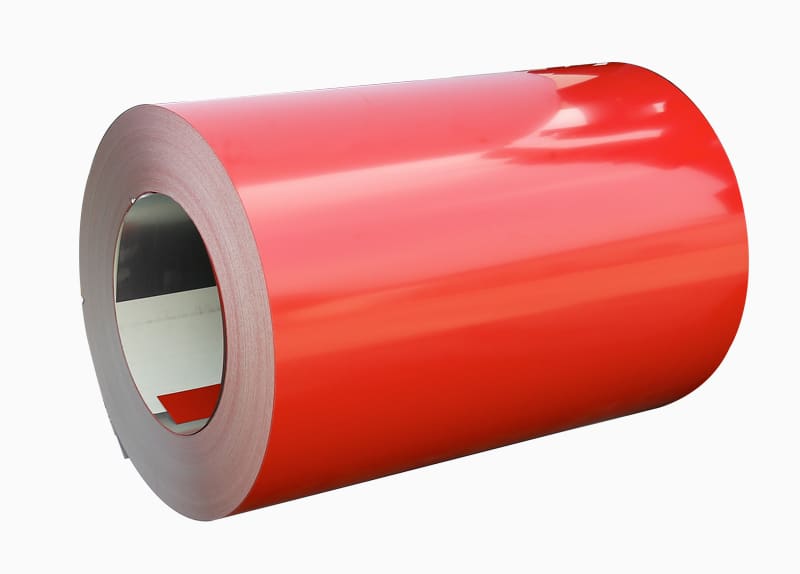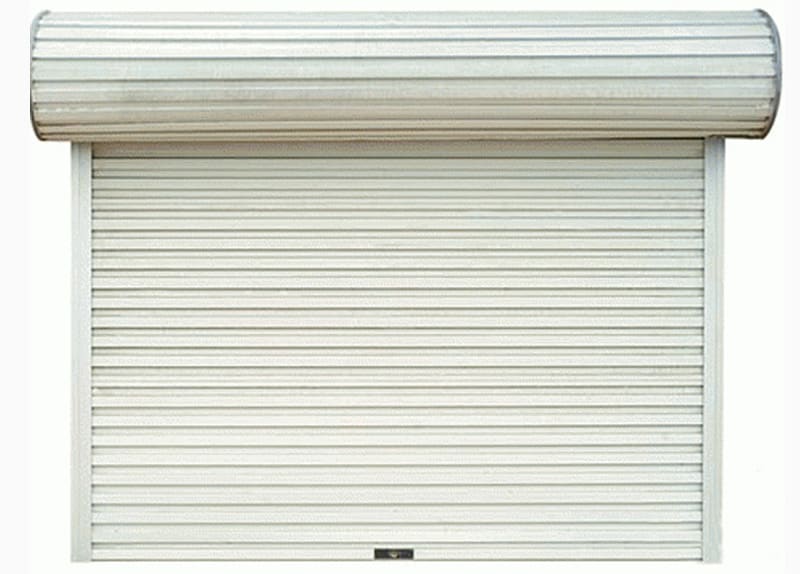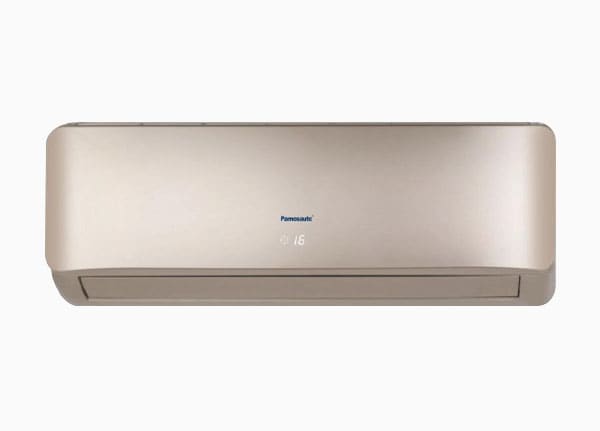Summary: When you’re dealing with metal for construction, manufacturing, or other industrial applications, galvanized steel coils...
When you’re dealing with metal for construction, manufacturing, or other industrial applications, galvanized steel coils are a popular choice due to their exceptional durability and corrosion resistance. But not all galvanized steel is the same. Understanding the different types and how they are produced is crucial for selecting the right material for your specific project.
The primary difference among types of galvanized steel coils lies in the method used to apply the zinc coating. This process determines the finish, aplication, and overall performance of the steel.
1. Hot-Dip Galvanized Steel Coils (HDG)
This is the most common and widely recognized type of galvanized steel. The process involves continuously running a steel coil through a bath of molten zinc at temperatures around 840°F (450°C).
- Process: As the steel passes through the molten zinc, a metallurgical bond forms between the iron in the steel and the zinc coating. This creates a highly durable, sacrificial layer that protects the steel from rust.
- Appearance: HDG coils typically have a spangled or crystalline pattern on the surface, which is a result of the zinc solidifying. The size and brightness of these “spangles” can be controlled by adding small amounts of aluminum or other elements to the zinc bath.
- Properties: HDG steel provides superior corrosion protection and excellent formability. It’s known for its thick, robust coating, making it ideal for outdoor and harsh environments.
- Applications: It’s extensively used in roofing, siding, structural components, pipes, and highway guardrails.
2. Electro-Galvanized Steel Coils
Unlike the hot-dip process, electro-galvanization applies the zinc coating using an electric current in an electrolyte solution.
- Process: The steel coil acts as a cathode, and a zinc anode is used in an electrolyte solution. An electric current causes zinc ions to deposit onto the steel’s surface.
- Appearance: This method results in a very smooth, uniform, and matte finish with no spangles. The coating is thinner and more precise than hot-dip galvanization.
- Properties: Due to the thinner coating, electro-galvanized steel offers a clean, aesthetic finish and is easier to paint. However, it provides less corrosion resistance than HDG and is better suited for less demanding environments.
- Applications: It’s often used for household appliances, furniture, and other indoor applications where a smooth, paintable surface is required.
3. Galvalume Steel Coils
While technically a different product, Galvalume is a popular alternative that is often categorized with galvanized steel because it also uses a metallic coating for corrosion resistance. The key difference is the composition of the coating.
- Process: The steel is coated in a bath of molten alloy that is typically 55% aluminum, 43.4% zinc, and 1.6% silicon.
- Appearance: Galvalume has a distinct, flat, metallic gray appearance that is smoother than hot-dip galvanized steel.
- Properties: The aluminum in the coating provides an excellent barrier against corrosion, while the zinc offers sacrificial protection at cut edges. This combination makes it exceptionally durable and heat-reflective. It often outperforms hot-dip galvanized steel in specific applications like roofing.
- Applications: Galvalume is a top choice for pre-engineered metal buildings, roofing, and other applications where long-term durability and heat reflection are critical.
4. Pre-Painted Galvanized Steel Coils (PPGI)
This type of steel coil takes either hot-dip or electro-galvanized steel as its base material and then adds a layer of paint.
- Process: A galvanized steel coil is cleaned, treated, and then coated with multiple layers of paint (primer, topcoat, and sometimes a backer coat) in a continuous, automated process.
- Appearance: PPGI comes in a wide range of colors and finishes, offering aesthetic flexibility.
- Properties: The added paint layer provides a second line of defense against corrosion while also giving the steel a decorative finish. It is highly durable, UV-resistant, and maintains its color over time.
- Applications: PPGI is widely used for building panels, garage doors, appliances, and any application where both corrosion resistance and a specific color are needed.
Ultimately, the choice among these galvanized steel coils depends on a careful assessment of your project’s environmental conditions, required lifespan, and aesthetic needs. Whether you need the rugged durability of HDG, the smooth finish of electro-galvanized, the superior corrosion protection of Galvalume, or the colorful versatility of PPGI, there is a specialized coil to meet your needs.





